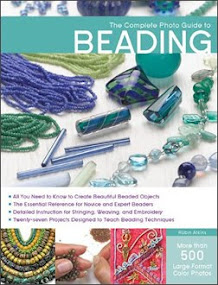Recently I had the pleasure and good fortune to meet a woman who lived in South Africa for most of her adult life, with an interest and means to collect vast quantities of quality beadwork. She has cataloged the work and keeps it stored in museum-quality, climate-controlled, acid-free drawers and shelves, made just for this purpose. As she is a private person, I'm not giving her name or location here. But she gave me her permission to share some of the photos I took while viewing the work. In two viewings so far, I have already taken over 200 photos!
When I see this beadwork, I am in awe. We have so much to learn from it, both in design and technique, not to mention the sheer magnitude of some of the pieces. I tend to make something that may take 2 or 3 days of work, and be very proud of my achievement. But it dwarfs compared to the time it must take to make some of these pieces!
OK, so for today, here are some beaded items made by Zulu women in South Africa. I will begin this series with two back aprons (buttocks covers), stitched on leather and worn by men. These were probably made in the late 1950s or early 1960s. The weight of these aprons is considerable... maybe 30 pounds each.
Please click on the picture so you can see the incredible detail! Imagine how long it would take to make this! The three woven panels look like peyote stitch to me, although I didn't pry the beads apart to examine it closely. After making the panels, they were stitched to the leather. All of the other beading on this piece is surface edge stitching, stitched directly onto the leather.
I like to imagine the story about this piece. It would have been made by a young woman for her husband. But, what was the man like, and how did he feel wearing this? Compared to aprons worn by other men, was this one a "stand-out?" How did it end up in the collection of a foreigner?
Here's another one... also very impressive.
And here are some details of this one. Notice that some of the surface edge stitching on this one runs vertical. Some aprons and women's skirts were embellished entirely with this vertical edge stitching. One of the woven panels has become detached, as you can see, but otherwise this apron is in perfect condition. In my opinion the beads were all traded/imported from the Czech Republic (then Czechoslovakia); many of them are size 14s.
Here's one more picture, showing extreme detail of the edge stitch... I think we can figure out the thread path from this photos (again, it's easier to see when you click on the picture for an enlarged version)... I'm going to try.



































